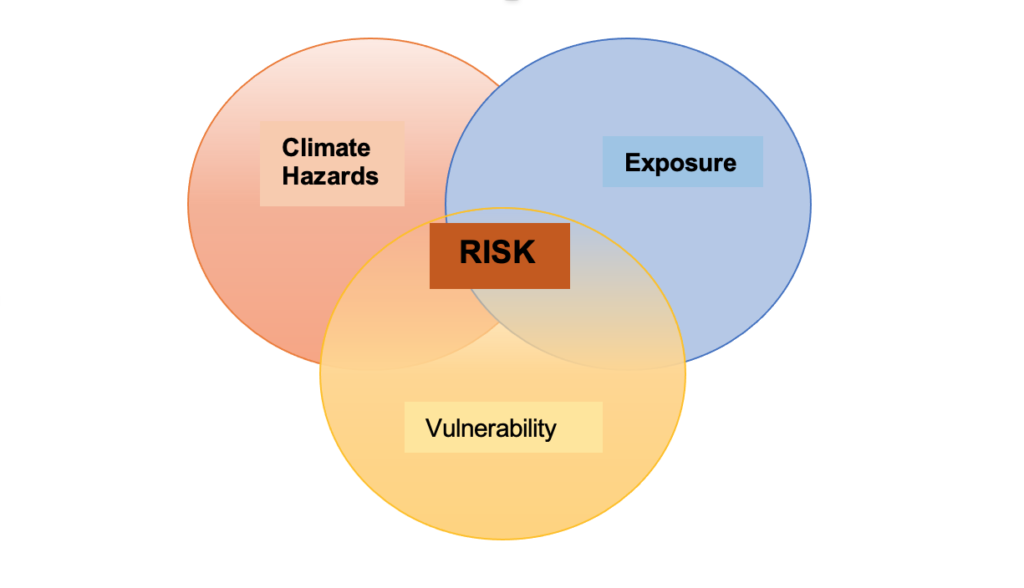The Environmental Protection Agency (EPA) through the Climate Change Impacts and Risk Analysis (CIRA) project reports that climate change affects all Americans—regardless of socioeconomic status—and many impacts are projected to worsen. But individuals will not equally experience these changes.
This report improves our understanding of the degree to which four socially vulnerable populations— defined based on income, educational attainment, race and ethnicity, and age—may be more exposed to the highest impacts of climate change. Understanding the comparative risks to vulnerable populations is critical for developing effective and equitable strategies for responding to climate change.
The CIRA project quantifies physical effects and economic damages to the United States under climate scenarios and levels of future warming. The goal of this work is to estimate climate change impacts in six broad U.S. sectors (health, infrastructure, electricity, water resources, agriculture, and ecosystems) and the reduced damages through greenhouse gas mitigation or adaptation.
CIRA advances climate change damage estimation by bridging the gap between climate modeling and economic effects, presenting both physical and monetized damages.
Table ES.1 —
Socially Vulnerable Groups Analyzed in this Report
CATEGORY – DEFINITION
Low Income – Individuals living in households with income that is at or below 200% of the poverty level.
Minority -Individuals identifying as Black or African American; American Indian or Alaska Native; Asian; Native Hawaiian or Other Pacific Islander; and/or Hispanic or Latino.
No High School Diploma – Individuals ages 25 and older with a maximum educational attainment of less than a high school diploma or equivalent.
65 and Older -Individuals ages 65 and older.
This report contributes to a better understanding of the degree to which four socially vulnerable populations—defined based on income, educational attainment, race and ethnicity, and age—may be more exposed to the highest impacts of climate change in six categories:
- Air Quality and Health
- Extreme Temperature and Health
- Extreme Temperature and Labor
- Coastal Flooding and Traffic
- Coastal Flooding and Property
- Inland Flooding and Property Damage
Figure 1.1 — Climate Change Risk Framework

People are at risk of experiencing climate change impacts when they are both exposed and vulnerable to climate hazards. This report focuses on whether those who are socially vulnerable are disproportionately exposed to projected climate hazards.
Read the full report here: https://www.epa.gov/cira/social-vulnerability-report
Another extensive source for information is at: https://www.hhs.gov/climate-change-health-equity-environmental-justice/climate-change-health-equity/index.html
Spencer-SHE has been providing Safety, Health, and Environmental Compliance Guidance since 1980, offering clients cost-effective, turn-key solutions. Our team completes environmental assessments to ensure regulatory compliance for manufacturing plants and other workplaces.
Contact us here to help you to develop and maintain a safe and healthy workforce.
Sources:
EPA. 2021. Climate Change and Social Vulnerability in the United States: A Focus on Six Impacts. U.S. Environmental Protection Agency, EPA 430-R-21-003.

